Beachburg is a small farming community nestled in the heart of eastern Ontario’s Whitewater Region, 80 minutes north of Ottawa off the Trans-Canada. The famed Rocher Fendu (Split Rock) section of the 1,271-kilometre-long Ottawa River courses past the town’s doorstep. In the 30 years since the first commercial rafting trip down the Ottawa, the number of outfitters and rafting tourists has grown dramatically, as has the importance of the river to employment and tourism in the area. Beachburg is the closest town to the put-in, offering groceries, alcohol and dining options, making it a busy service center from June to August. During these months, guiding staff and paddlers from around the world settle in to train, surf and hang out. The few who stay behind to brave the icy winter months are at the core of a slowly developing, permanent whitewater community. Although still viewed as curious outsiders by many of the surrounding country folk, the boating populous has enjoyed a warmer welcome from Beachburgers. In fact, many locals have taken up whitewater paddling.
Whitewater Lowdown
Minutes from downtown, the Ottawa River is one of the world’s very best freestyle training grounds. The high volume—averaging 10,000 cubic feet per second (CFs) during low water and a raging 60,000+ CFs in spring—intimidates first-time boaters, but even newbies quickly become addicted to the warm water, glassy waves and deep, easy-access play spots. Learn the ropes—and the river—with two excellent, local paddling schools. Liquid Skills, operating since 2000, is the smaller of the two with a welcoming family atmosphere. Wilderness Tours’ Ottawa Kayak School, established in 1982, has full rafting resort amenities and runs the popular teen Keener Camp. Both offer a full spectrum of beginner to advanced classes and hire top-notch instructors, including former World Champions Ruth Gordon (LS) and Eric Jackson (OKS).
The Ottawa Valley is also home to nearly a dozen other diverse whitewater runs within a day’s drive. These include the short and playful Petawawa town run (class III, 30 minutes) and the three-day classic canoe trip on the Lower Pet (class II-III, 21⁄2 hrs). Across the Ottawa in the province of Quebec, head to the Gatineau for big-water pool and drop (class III-IV), or the Rouge for class III creeking (both 1 hr). Montreal’s renowned Lachine Rapids and Big Joe surf wave are also within a three-hour drive.
Cross-training
Cycling: the sprawling farmland of the Ottawa Valley lends itself to great long distance rides along quiet backroads with only the odd passing vehicle. Try the relaxing, 45-kilometre loop through Beachburg, Westmeath and LaPasse for views of the Ottawa.
Canoeing: the entrance to Algonquin Provincial Park’s 7,725 square kilometres and 1,600-kilometre network of canoe routes is just 25 minutes away.
Skiing: A host of small ski hills help beat the winter blues. Hit the slopes at Mt. Pakenham (50 minutes) or Calabogie (45 minutes). For a cross-country workout, Gatineau Park has 200 kilometres of classic and skate trails (11⁄4 hours).
Grub, Pub and Hubbub
The annual Beachburg Fair, now in its 153rd year, is the town’s biggest bash. Held in July, the fair features tricked-out tractors, truck-pulling contests and the always popular demolition derby. As expected in a small farming town, options for eating out are quite limited. Currently, the two choices are Chinese or Italian (Smokie’s Takeout Pizza), but a new café called Simple Things scheduled to open in the spring promises finer dining and an outdoor patio.
Local Heroes
Some fantastic boaters were born and raised in Beachburg, and many other whitewater gurus now call the town home. Tyler Curtis lives at the put-in to the river, Billy Harris is a new landowner in town and Ken Whiting’s Heliconia Press is a local employer. Other up-and-coming locals include Joel and Katie Kowalski (children of Ottawa River rafting pioneer Joe Kowalski), Dave Nieuwenhuis and—most famously of late—Nick Troutman.
This article originally appeared in Rapid magazine, Spring 2010. Download our free iPad/iPhone/iPod Touch App or Android App or read it here.



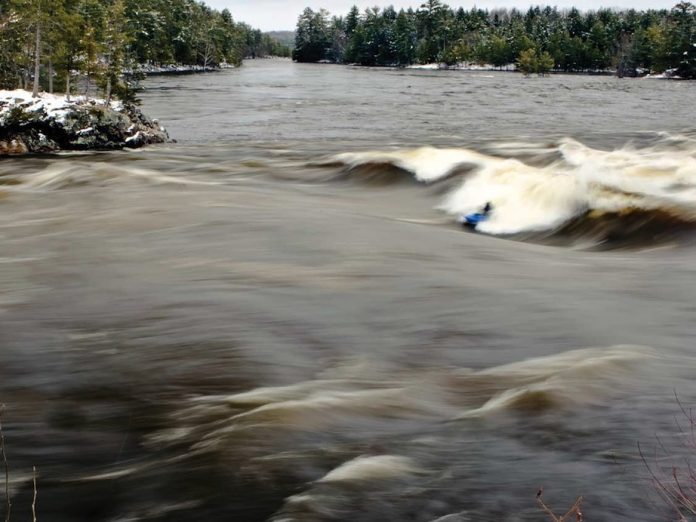
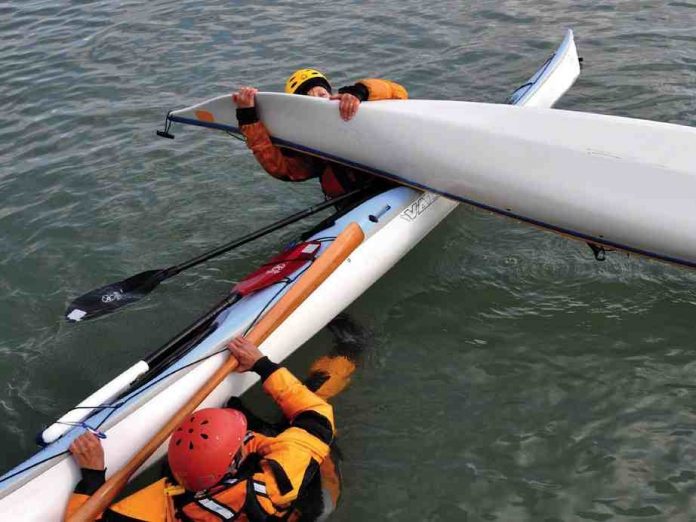
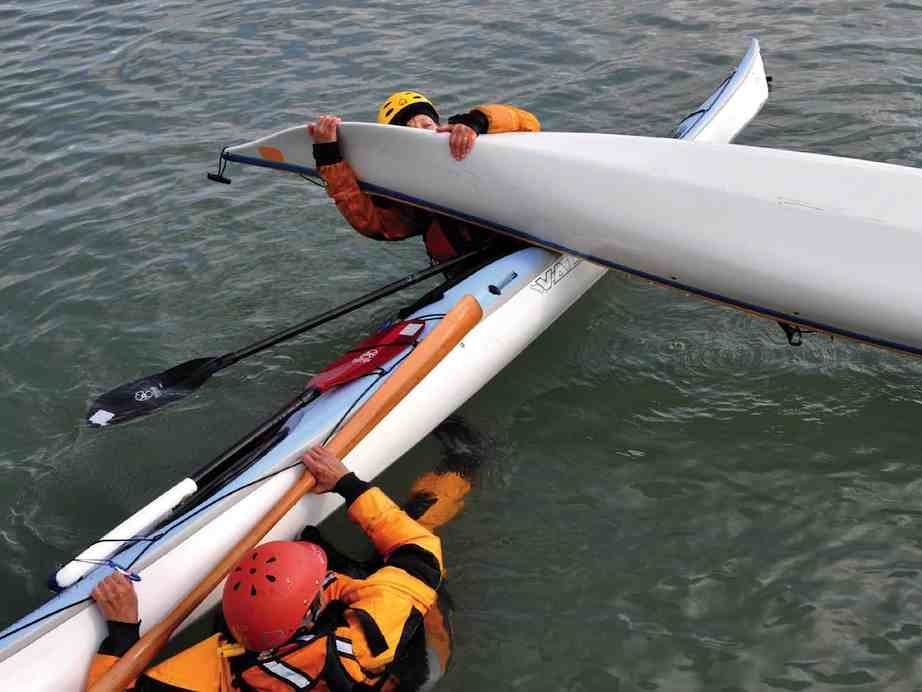
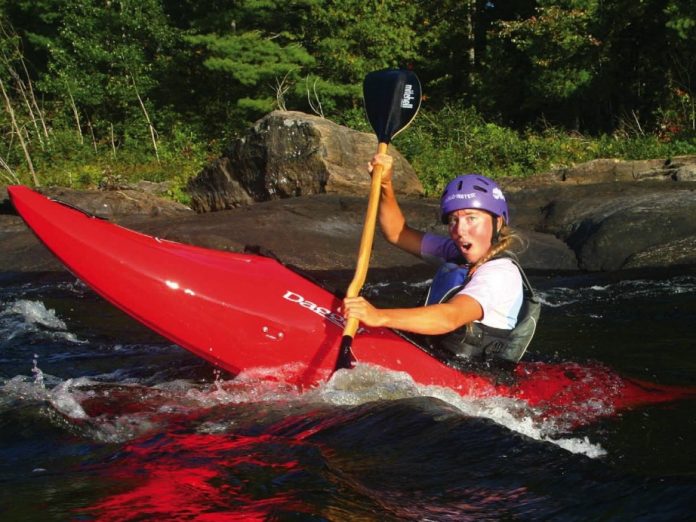
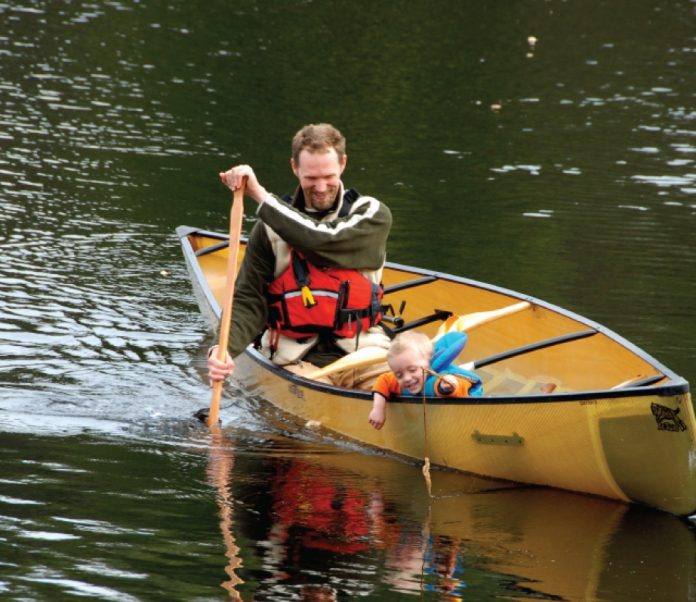
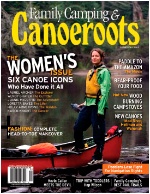 This article first appeared in the Summer/Fall 2009 issue of Canoeroots Magazine.
This article first appeared in the Summer/Fall 2009 issue of Canoeroots Magazine.

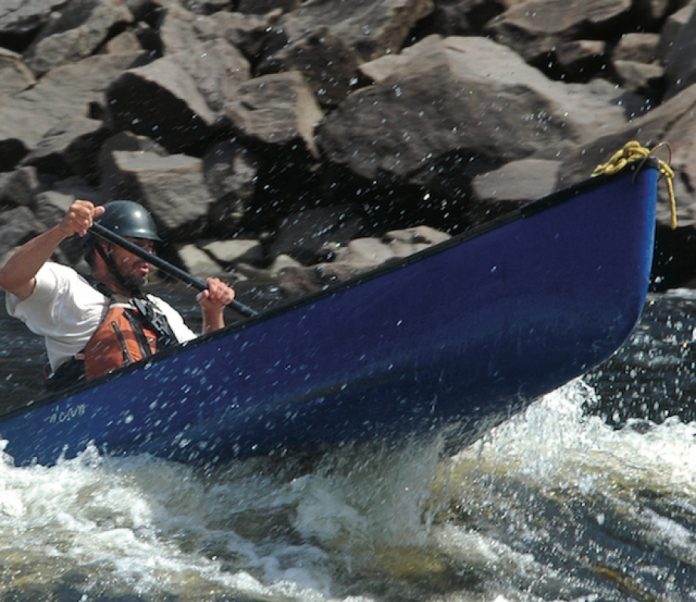

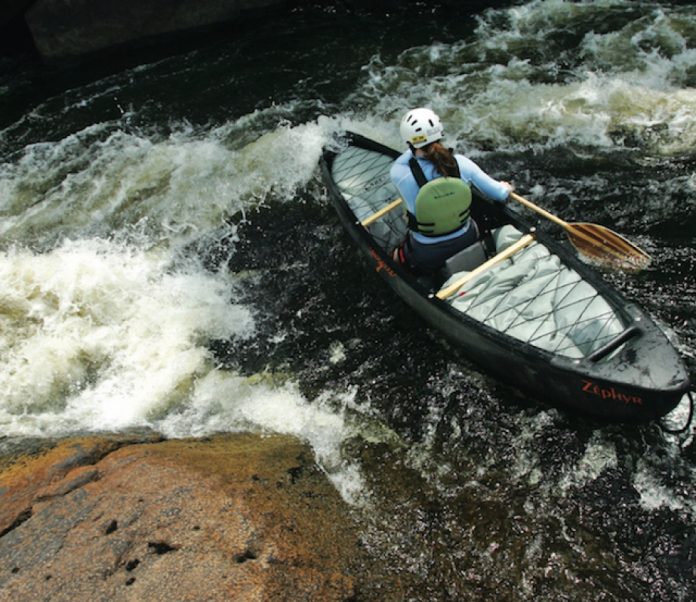

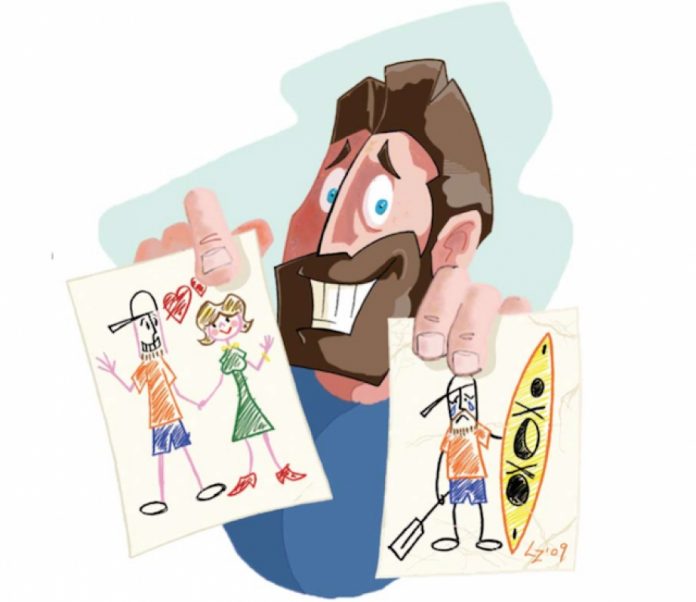
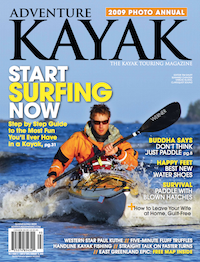 This article first appeared in the Summer/Fall 2009 issue of Adventure Kayak Magazine. For more great content, subscribe to Adventure Kayak’s print and digital editions
This article first appeared in the Summer/Fall 2009 issue of Adventure Kayak Magazine. For more great content, subscribe to Adventure Kayak’s print and digital editions 